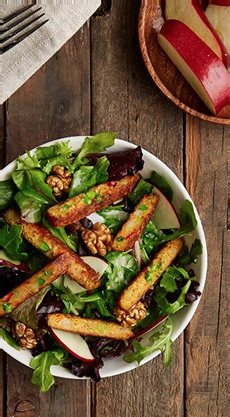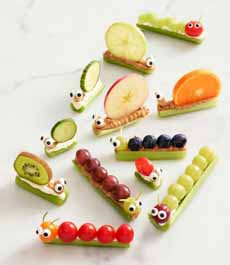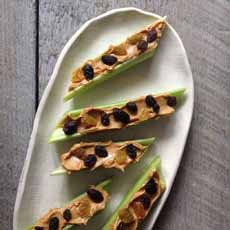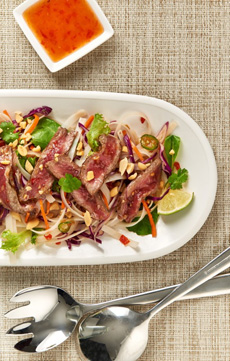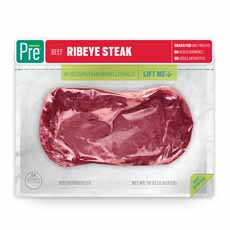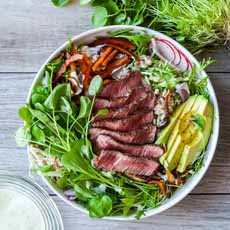|
We don’t eat a lot of beef because we don’t like cleaning up after it. But when we befriended new neighbors, serious carnivores, we received ongoing dinner invitations and began to eat much more of it.
They cook only grass-fed beef. Grass-fed cattle are those whose diet after weaning consists only of fresh of stored grasses. Before modern mass production led to grain-fed diets, cattle ate only grass and silage (compacted grass, stored in a silo for the winter months).
While you’d think the lower fat levels would mean less flavor, the steaks and ground beef we’ve had were, simply, luscious—juicy and tender.
With grain fed beef, the flavor comes predominantly from fat. Grass fed beef has a more nuanced flavor and leaner taste (in a good way).
Here are the reasons people prefer grass-fed beef:
THE HEALTH BENEFITS OF GRASS-FED BEEF
Compared to USDA Choice beef, grass-fed has:
Up to 38% fewer calories.
Up to 63% less fat.
Higher heart-healthy omega 3s.
Higher CLA*, which may have additional health benefits.
10 essential nutrients including protein, iron, zinc and B vitamins.
As a bonus, grass fed cooks quicker!
PRE BRAND GRASS-FED BEEF
Our neighbors get their beef delivered from Pre, a Chicago-based company that sells 100% grass-fed steaks and ground beef under the Pre label.
The Pre team is dedicated to selling the kind of beef that they want to eat. They use 15 quality checkpoints to ensure the flavor, tenderness and juiciness they want, along with a well-balanced marbling.
The 15 points quality including breed, class, marbling, tenderness, size, weight, and of course, no added hormones, no added antibiotics and no feelots.
Pre beef represents the top 10% in grass-fed beef. We attest: We were impressed.
PRE CUTS OF BEEF
The line includes ground beef with different levels of leanness: 80%, 85%, 92% and 95%. Plus:
Chuck roasts
Filet mignon
New York strip steaks
Ribeye
(Check out the different cuts of beef.)
Currently, Pre is sourced from select regions in Australia and New Zealand that offer ideal environmental conditions (rainfall & variety of grasses) for year-round pasture raising. These countries also have some of the highest animal welfare standards in the world. The animals never given antibiotics or growth hormones.
Why not the U.S.? According to the company, the climate in the U.S. is not ideal for the high-quality, grass fed beef raised on pasture year-round.
Note that imported beef does not receive USDA grading: Only cattle raised in the U.S. can be USDA graded.
When you buy the packaged beef, you can tell it’s grass-fed at a glance: The raw beef actually has a purple-red color, from more myoglobin, a protein found in animal muscles.
Once the package is opened and the beef is exposed to air, the color will change to a brighter red.
|

